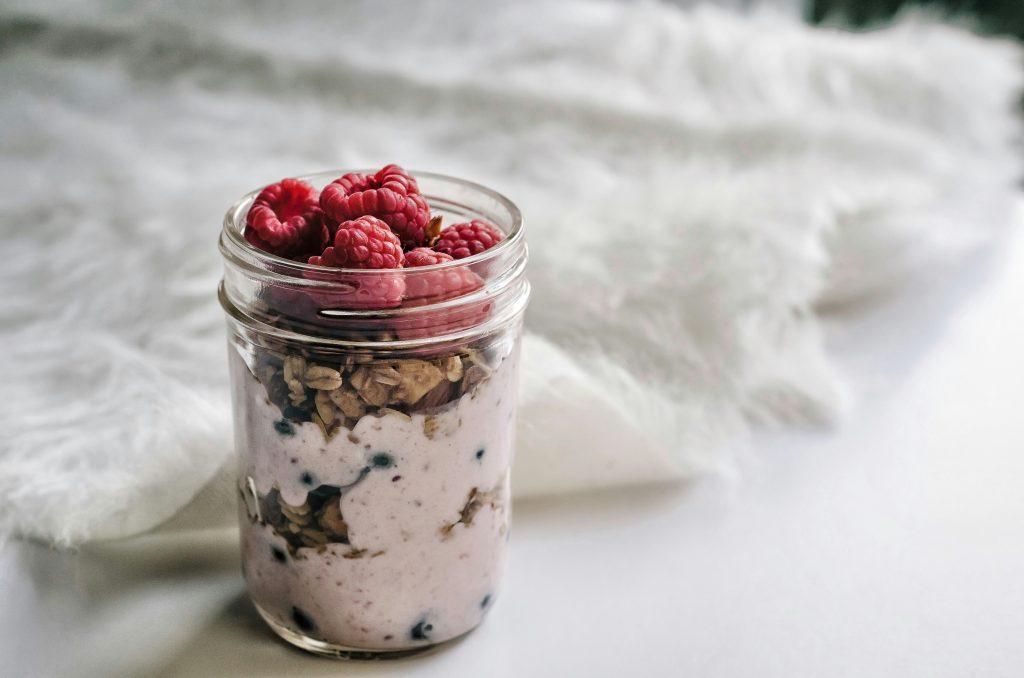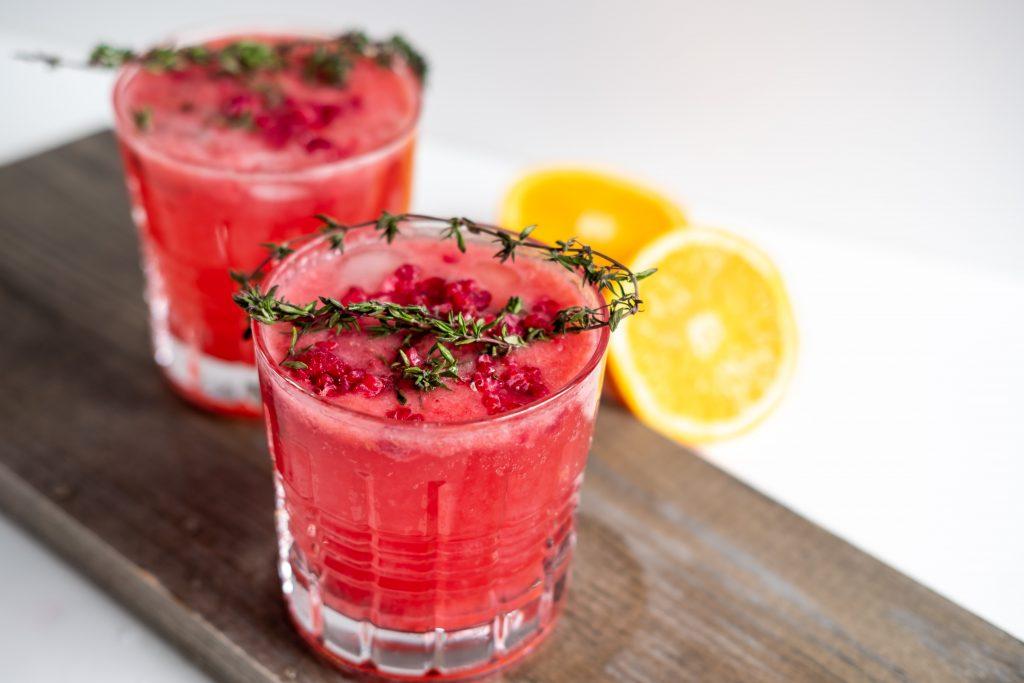Every so often, it becomes time to re-write classic childhood sayings to reflect modern-day knowledge and trends. Case in point: The new “eat your peas; they’re good for you” should probably be “drink your peas (and other greens); it’s’ good for you.”
How might one go about drinking green vegetables, you ask? Quite simply: Through the process of juicing, blending, or otherwise converting whole produce into liquid form. For the most part, this juice will contain the same vitamins, minerals, and antioxidants that were present in the fruit before it was juiced. In some cases, juiced fruit or veggies might actually offer more nutrients than their whole counterparts. (Orange juice is one example.)
The high nutrient levels present in liquefied greens are seriously good for you. There’s some evidence that drinking your greens can improve immunity, increase energy, support brain health, and promote general wellbeing. What’s more, drinking your greens just might improve your body’s ability to absorb the nutrients found in produce—so you get more nutritional bang for your buck in every drop. Here’s why consuming your greens in liquid form can be extra good for you.
The Nutritional Benefit of Drinking Your Greens
There are several nutritional benefits to drinking your greens.
For starters, liquefied greens may be easier to digest than their whole counterparts. In order to absorb nutrients, your body needs those nutrients to be broken down into their usable parts, from vitamins and minerals to antioxidants. This process of breaking down foods into their nutrient components typically occurs through the acts of chewing and digestion. But because the vegetables in green juice have already been broken down via the juicing process, this spares the body from needing to exert energy to break down those veggies—so it can skip right to the nutrient absorption stage.
Another way in which consuming liquefied greens can increase your nutrient absorption stems from the fact that juicing may preserve the enzymes found in fruits and vegetables. For many vegetables, cooking them (or otherwise exposing them to high heat) can destroy their enzymes, making them more difficult for the body to digest and absorb. In contrast, when you juice vegetables, you’re using them in their raw, uncooked state. This means the enzymes remain intact and can assist your body during the digestion process.
A third way that drinking your greens boosts nutrient absorption is much simpler: Juicing produce can help you incorporate more fruits and veggies into your diet without feeling bloated or overly full. If you’re consuming more nutritious foods, then it naturally follows that you’ll increase your body’s absorption of nutrients.
These three arguments represent the basic premise put forth by the pro-juicing crowd. If you want to maximize your nutrient absorption from green juices, consider adopting the following practices:
- Select high-quality produce. Which do you think is going to have more available nutrients: A cucumber that was grown with pesticides and has been sitting on the grocery store shelf for 10 days, or one that was grown organically and harvested within the past day or two? Hopefully, we can all agree the latter option will be the more nutrient dense choice. The way a vegetable was grown and when it was harvested can have a big impact on nutrient bioavailability, so try to purchase organic and locally grown options whenever possible.
- Emphasize veggies over fruits. All-fruit juices and smoothies may contain high levels of nutrients, but they also tend to be very high in sugar. In contrast, veggies such as spinach, celery, kale, cucumber, escarole, lettuce, and cilantro are jam-packed with nutrients but rack up a much lower sugar count.
- Consider blending instead of juicing. This one ultimately comes down to personal preference, but there’s some evidence that blending produce preserves more of the nutrients present in fruits and vegetables because the resulting liquid contains pulp, which boasts more fiber and phytonutrients than straight juice. Cold-press juicers are another good option, because they don’t expose the produce to any heat in the form of whirring blades (thus preserving their raw state).
- Include some fat in your juice or smoothie. Many of the nutrients found in green vegetables—including vitamins A, D, E, and K—are fat-soluble, which means your body can only absorb them with the assistance of fat. Thus, it’s helpful to include some healthy fat in your juice or smoothie in order to improve your body’s ability to digest all the nutrients present in greens. Chia seeds, hemp seeds, avocado, olive oil, and coconut oil are all good options.
- Take your time sipping your green drink. Swirling your drink around in your mouth before swallowing might help your body digest the nutrients present in the drink even faster, because it will expose the drink to the mouth’s digestive enzymes.
The benefits of drinking your greens are definitely worth celebrating. Not only can green drinks increase your nutrient absorption, but they can also increase your produce consumption overall. Just remember that green drinks shouldn’t be used as meal replacements, and it’s still worth consuming whole fruits and vegetables on a regular basis. As with most dietary tactics, balance is key.






